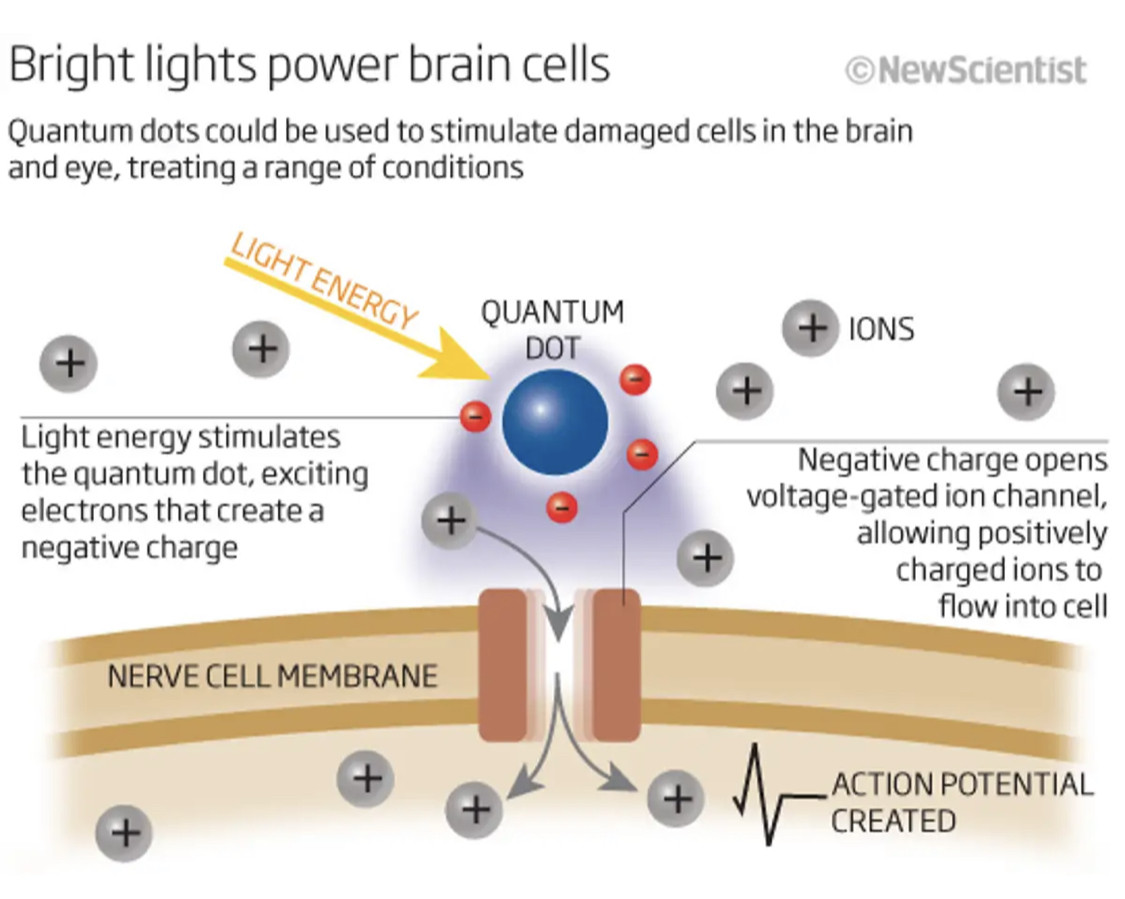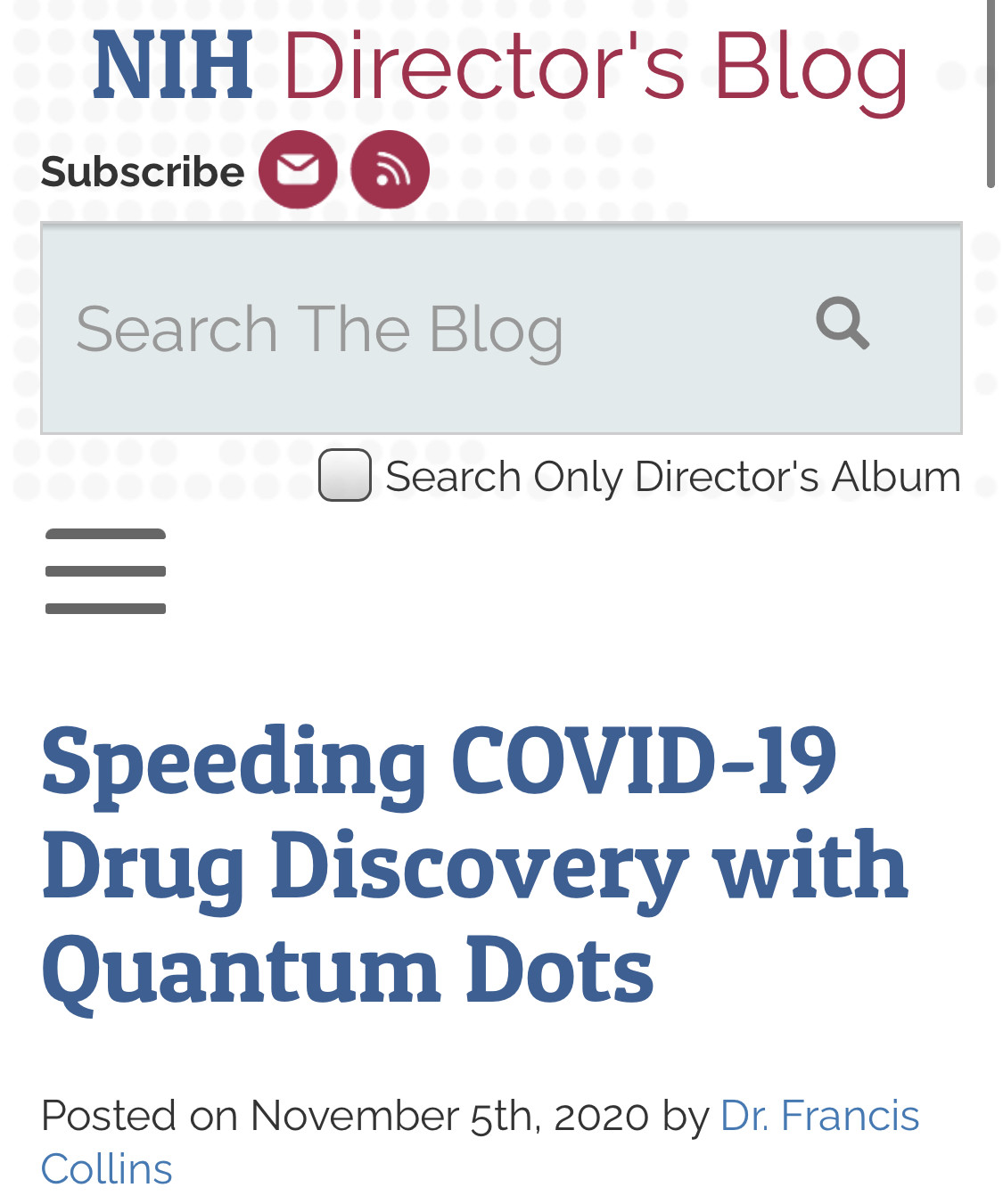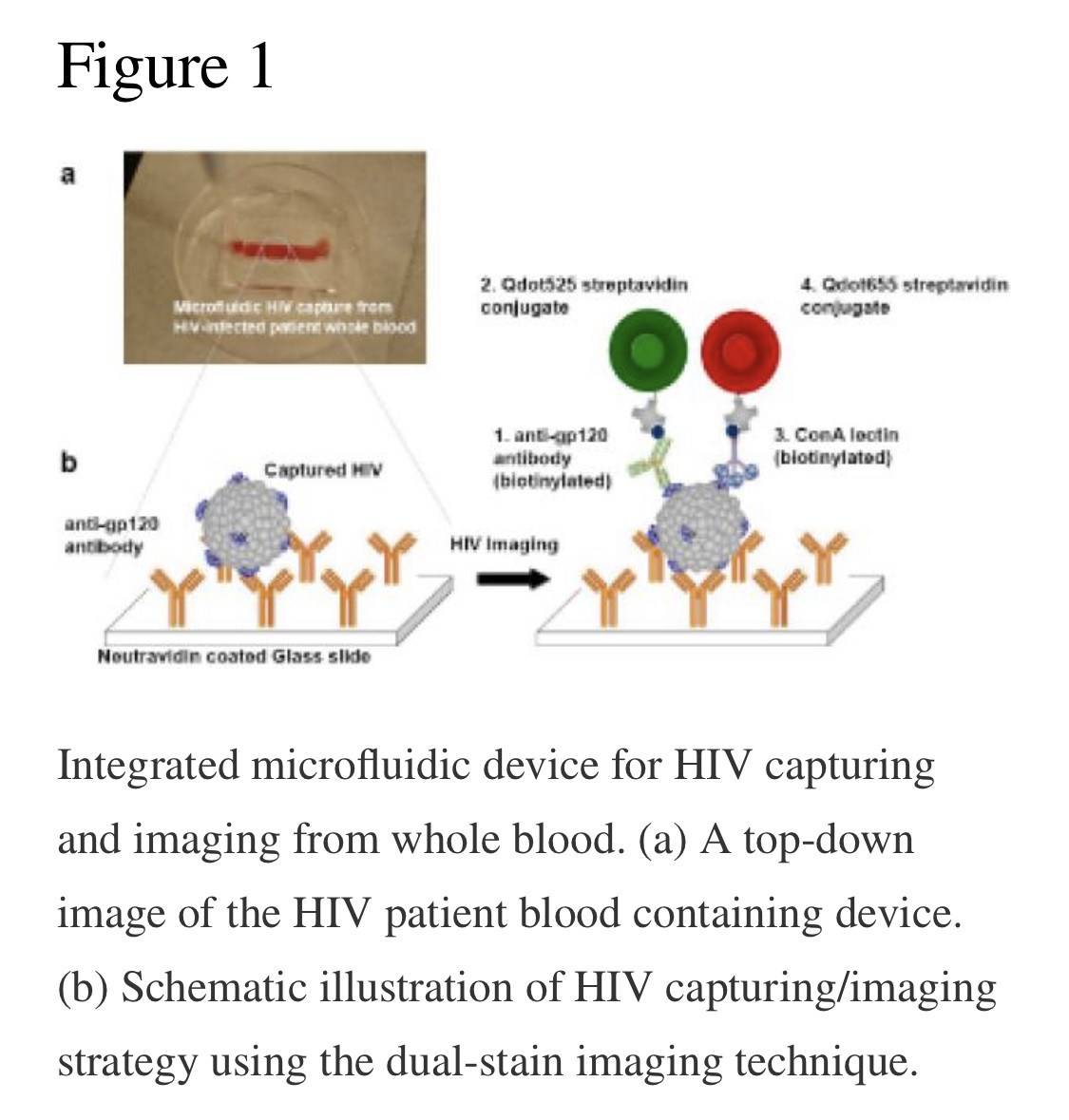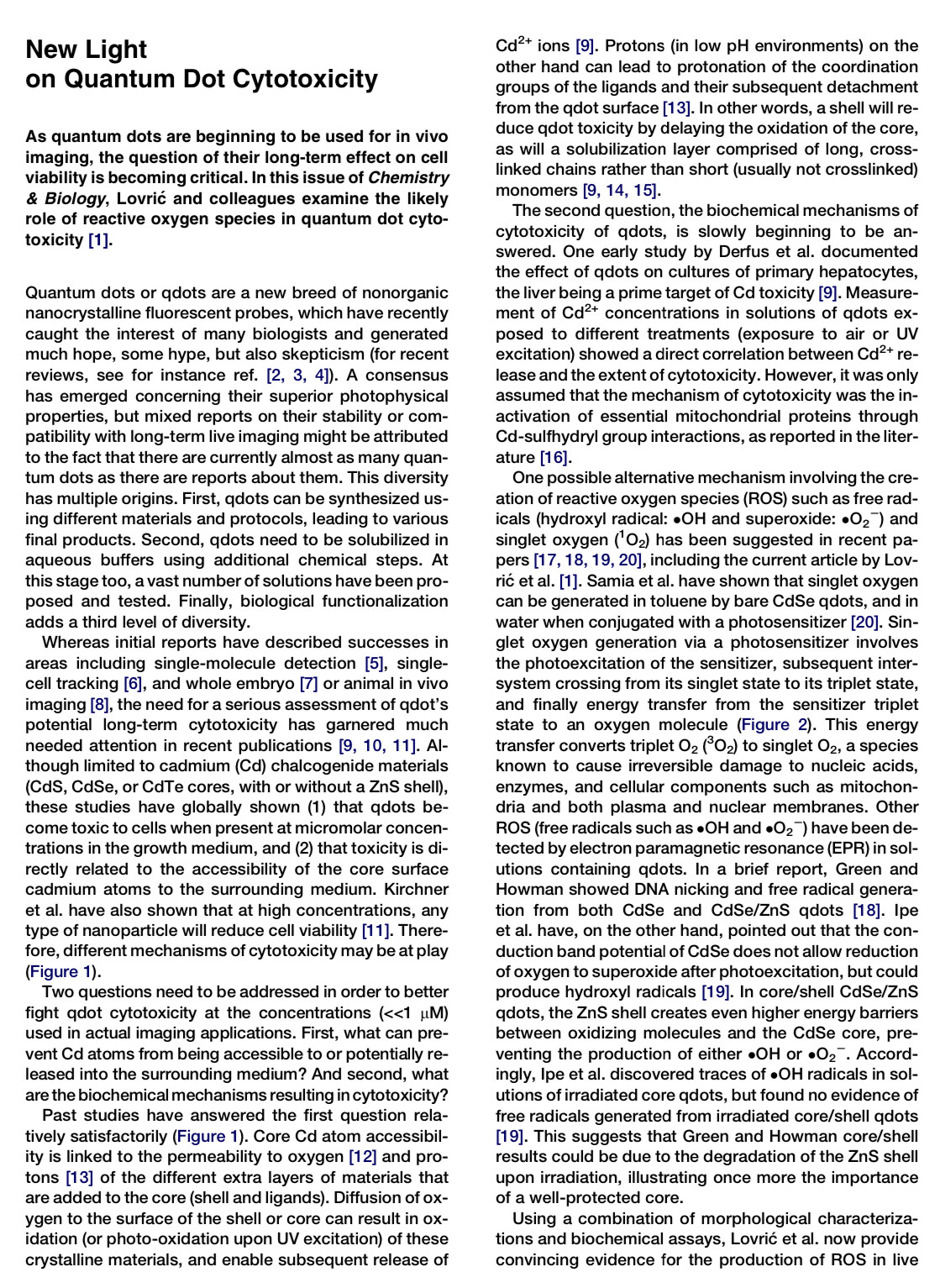It has become clear that Autism is linked to oxidative stress and oxidative stress is linked to free radicals and free radicals are linked to nanoparticles and nanoparticles are linked to vaccines and vaccines are linked to engineered viruses and engineered viruses are linked to nanoparticles used for cloud seeding and cloud seeding is linked to nucleation and nucleation is linked to ultrasound crystallization and ultrasound crystallization is linked to liquid crystal display lenses and liquid crystal display lenses is linked to polarization and polarization is linked to electromagnetic waves and electromagnetic waves are linked to light and light is linked to photons and photons are linked to quantum and quantum is linked to phonons and phonons are linked to sound waves and sound waves are linked to acoustic waves and acoustic waves are linked to ions and ions are linked to electrons and electrons are linked to qubits and free radicals.
🕯
a friend’s 3 year old has been diagnosed as autistic recently. is there a detox for this ? or is it too late?? i am saddened by this and prayerful that my grands that are still being vaccinated will make it through.
In autism, we find that both methylation and transsulfuration pathways are often impaired. These are phase 2 liver processes that remove toxins from the body and produce the body’s#1 antioxidant, glutathione. However, toxins interfere with this pathway and thereby reduce the production of glutathione. In fact, blood tests are being studied that can diagnose kids with autism simply by measuring methylation and sulfation metabolites in their blood. These blood tests are amazingly accurate but not yet on the market.
To begin with, there are chemical reactions that take place within each cell. These provide energy for vital processes. Among thousands of metabolic reactions in the body, the methylation reaction is one of the most important and universal. It has numerous functions, including controlling inflammation, repairing genetic DNA and RNA, controlling neurotransmitters, and energy production. Methylation works to recycle glutathione, the body’s biggest antioxidant, which is needed to help the body detoxify.
By contrast, the transsulfuration pathway is the primary method of metabolizing sulfur-containing amino acids. Subsequently, it plays an essential role in providing cysteine to make glutathione.
For these reasons, measures to enhance methylation and transsulfuration detoxication processes may help kids with autism.
Using glutathione, or the building blocks that make glutathione, in the treatment of autism symptoms helps to reduce oxidative stress and inflammation leading to improved sensory integration and reduction in self-injurious, repetitive and aggressive behaviours.
Note: Glutathione provides protection from oxidative stress-induced damage through the reduction of reactive oxygen species for the maintenance of oxidant homeostasis. Our purpose was to test the effects of depleting tissue GSH by buthionine sulfoximine on brain oxidative metabolism and cognitive performance in rats. Glutathione depletion induced a compensatory response on antioxidant enzymes and increase of cell damage indicators in all the examined cerebral areas at 24h.
The effect of GSH depletion on spatial memory recorded at 24h post-surgery showed significant differences between experimental groups for the escape latency to the platform and percentage of total swim distance spending in the target quadrant. The acquisition of a new spatial condition 24h after GSH depletion revealed differences between experimental groups for latencies, swim distance, swim distance in the target quadrant and percentage of total swim distance spending in the target quadrant. The ability of BSO treated group to maintain a restraining behavior was significantly smaller compared with control group. We founded significant correlation among variables of the behavioral studies and oxidative stress indicators. In conclusion, our model shows how increased ROS production by transitory glutathione depletion constitutes the primary cause to neuronal metabolic stress with alterations in synaptic signaling and cognitive deficits.
"our model shows how increased ROS production by transitory
glutathione depletion
constitutes the primary cause to
neuronal metabolic stress
with alterations in synaptic signaling and cognitive deficits.
Glutathione depletion: Starting point of brain metabolic stress, neuroinflammation and cognitive impairment in rats
Maria Elena González-Fraguela et al. Brain Res Bull. 2018 Mar.
Chronic inflammation alters production and release of glutathione and related thiols in human U373 astroglial cells
Megan L Steele et al. Cell Mol Neurobiol. 2013 Jan.
Neurons rely on glutathione (GSH) and its degradation product cysteinylglycine released by astrocytes to maintain their antioxidant defences. This is particularly important under conditions of inflammation and oxidative stress, as observed in many neurodegenerative diseases including Alzheimer's disease (AD). The effects of inflammatory activation on intracellular GSH content and the extracellular thiol profile (including cysteinylglycine and homocysteine) of astrocytes were investigated.
U373 astroglial cells exposed to IL-1β and TNF-α for up to 96 h showed a dose-dependent increase in IL-6 release, indicative of increasing pro-inflammatory cellular activation. With increasing concentrations of IL-1β and TNF-α (0.01-1 ng/ml), an increase in both intracellular and extracellular GSH levels was observed, followed by a return to control levels in response to higher concentrations of IL-1β and TNF-α. Extracellular levels of cysteinylglycine decreased in response to all concentrations of IL-1β and TNF-α. In contrast, levels of the neurotoxic thiol homocysteine increased in a dose-dependent manner to IL-1β and TNF-α-induced activation. Our results suggest that chronically activated astrocytes in the brain might fail to adequately maintain GSH substrate delivery to neurons, thus promoting neuronal vulnerability. They might also explain the elevated levels of homocysteine found in the brains and serum of patients with AD.
Light from electrons confined by quantum dots has been used to activate and control targeted brain neurons. The method demonstrates a noninvasive way to study how cells communicate and how specific cells may contribute to brain disorders.
In these experiments, specific light sources were shown to activate the HIV gene and/or promote viral replication. UVC was the most potent activator. UVB, sunlight, and PUVA were also capable of activating HIV, albeit to lesser degrees (1–5).
From influenza to COVID-19: Lipid nanoparticle mRNA vaccines at the frontiers of infectious diseases
Emily H Pilkington et al. Acta Biomater. 2021.
Free PMC article
Vaccination represents the best line of defense against infectious diseases and is crucial in curtailing pandemic spread of emerging pathogens to which a population has limited immunity. In recent years, mRNA vaccines have been proposed as the new frontier in vaccination, owing to their facile and rapid development while providing a safer alternative to traditional vaccine technologies such as live or attenuated viruses. Recent breakthroughs in mRNA vaccination have been through formulation with lipid nanoparticles (LNPs), which provide both protection and enhanced delivery of mRNA vaccines in vivo. In this review, current paradigms and state-of-the-art in mRNA-LNP vaccine development are explored through first highlighting advantages posed by mRNA vaccines, establishing LNPs as a biocompatible delivery system, and finally exploring the use of mRNA-LNP vaccines in vivo against infectious disease towards translation to the clinic.
Polymorphism is the ability of a substance to have more than one crystal structure. Since physical properties of fat crystals, such as melting point, rheology, are significant for a texture of foods, a controlling of fat crystal polymorph is important in food industry [1].
Curcumin polymorphs were found to precipitate concomitantly during liquid antisolvent precipitation. While, commercially available curcumin exists in a monoclinic form, the curcumin particles when precipitated in presence of additives and ultrasound were either found to be the mixtures of orthorhombic (Form 3) and monoclinic form (Form 1) or were found to be in orthorhombic form (Form 3) or monoclinic form (Form 1). The experimentally observed particle morphologies did not match clearly with the predicted BFDH morphologies of curcumin and the experimentally observed morphologies were more elongated as compared to the predicted BFDH morphologies.
At lower ultrasonic irradiation times, the monoclinic form (Form 1) was found to dominate the mixture of particles. However, an increase in ultrasonic irradiation time was found to increase the percentage of orthorhombic form (Form 3) in the particles indicating that the increase in ultrasonic energy facilitates formation of orthorhombic form over the monoclinic form, irrespective of the additive used. These results therefore suggest that the ultrasonic energy can be effectively used to manipulate the polymorphic outcome of the precipitation.







